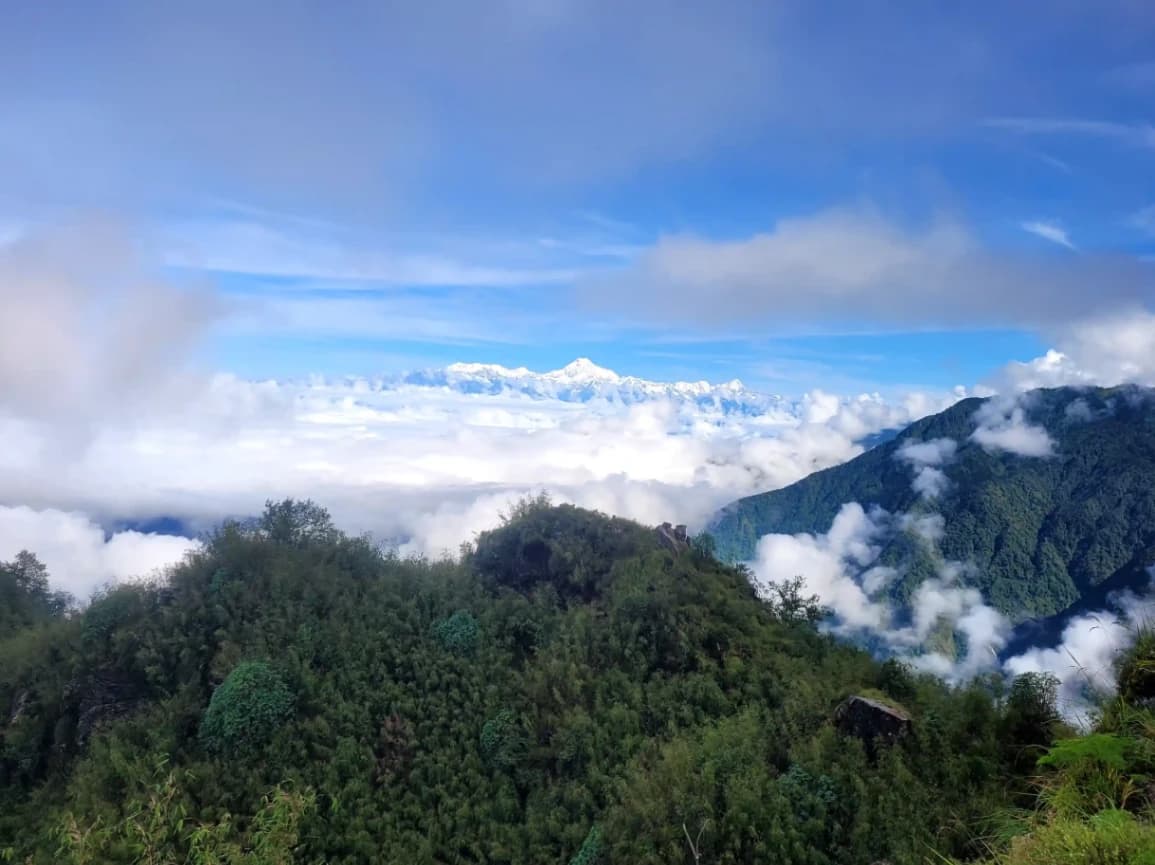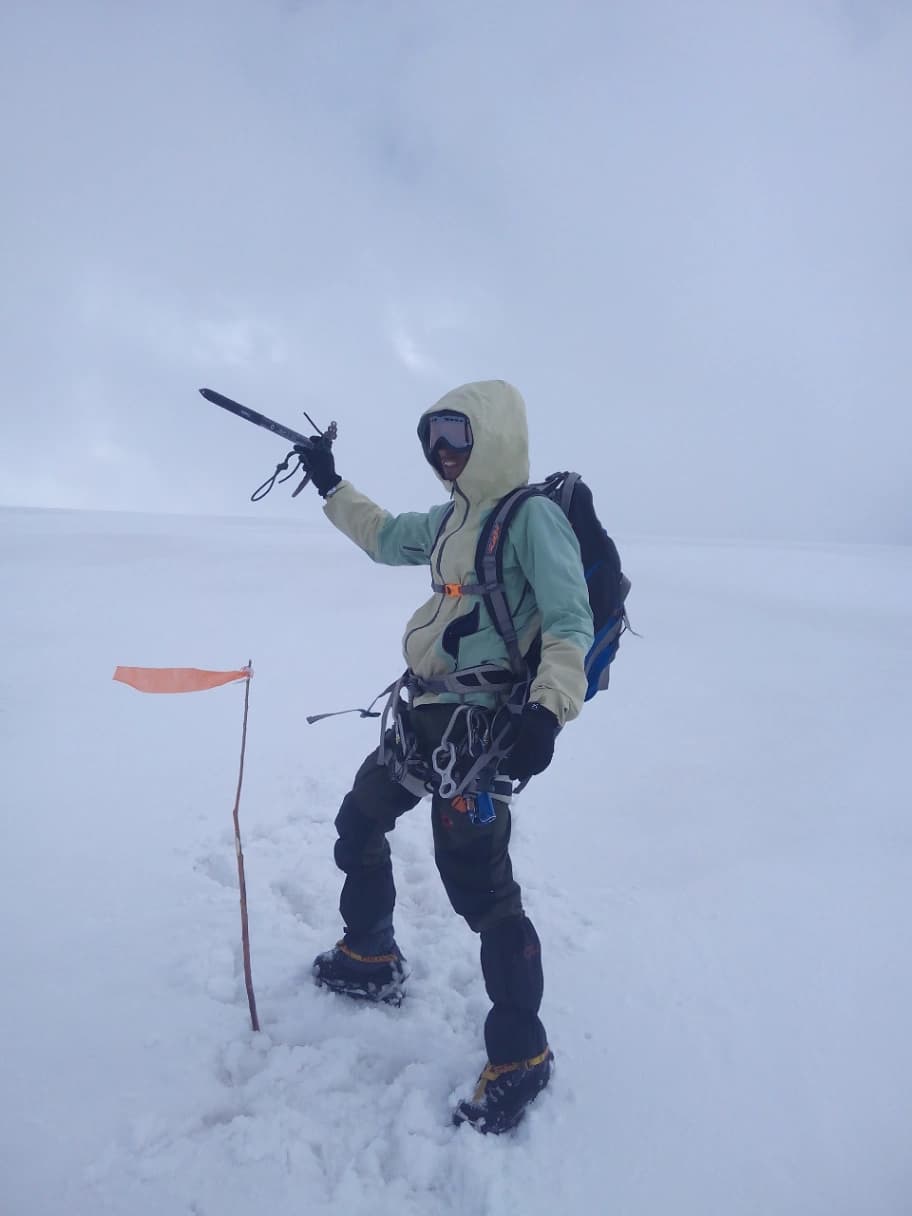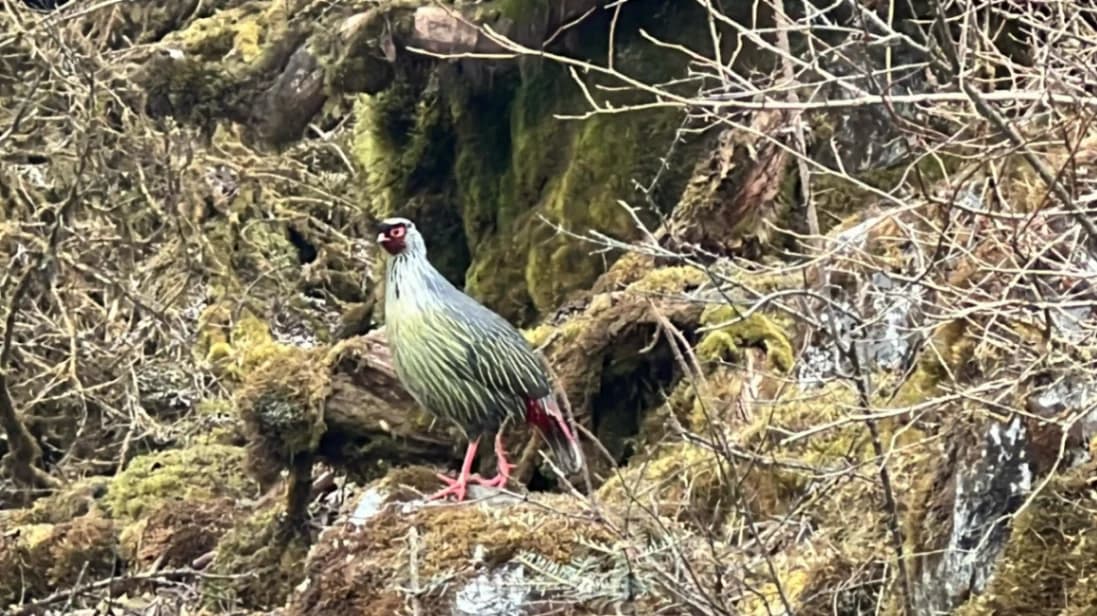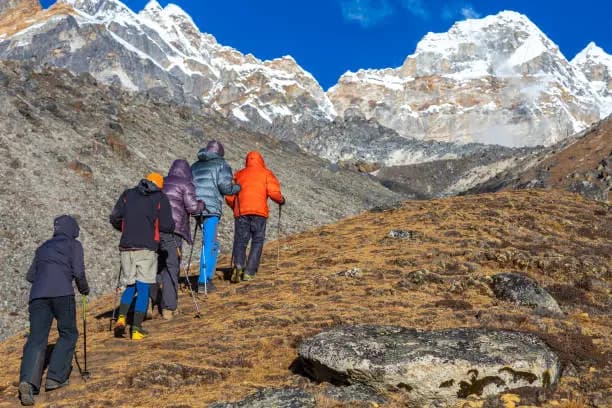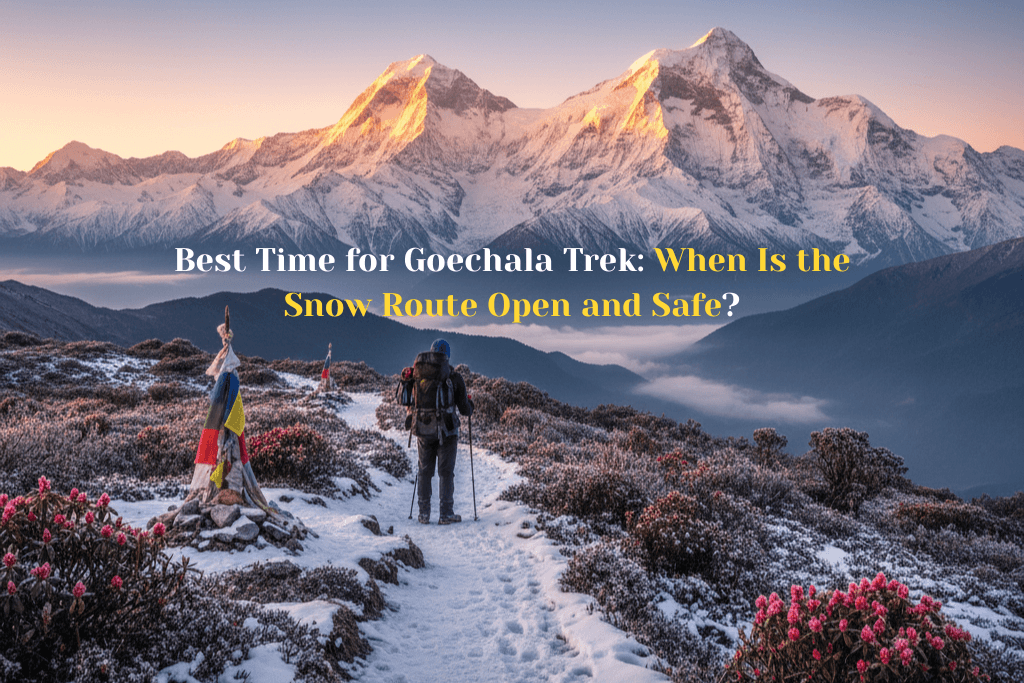Sandakphu trek, situated within the Singalila National Park of the Eastern Himalayas, is one of India’s most renowned treks. Famous for its breathtaking vistas, rich flora, and fauna, and for being at an unmatched position at the highest altitude of West Bengal, Sandakphu is a combination of natural beauty and physical adventure for trekkers. Whether you’re an experienced hiker or an adventure-seeker and nature enthusiast, Sandakphu promises you a once-in-a-lifetime adventure that will be remembered for a lifetime.
What Makes the Sandakphu Trek Special?
Sandakphu is the highest point of the Singalila Range at an altitude of 3,636 meters (11,929 feet). Trekkers are blessed with stunning vistas of the Great Himalayas’ massive peaks, which include Everest, Kanchenjunga, Makalu, and Lhotse, from this spot. The route to Sandakphu follows dense jungles, meadows at high altitude, and far-flung villages, all while providing glimpses of some of the world’s most famous peaks.
It’s not only the destination that is being traveled to, it’s how you get there. The Singalila National Park itself contains a wide variety of plant and animal life, which includes rhododendron trees, orchids, and exotic animals like the red panda and Himalayan tahr. The path itself, with its constantly changing scenery and open horizon, offers some of the most scenic treks available throughout India.
The Sandakphu Trek Route: A Detailed Overview
It takes 4 to 6 days to do the Sandakphu trek, subject to itinerary, route, and pacing of the trekker. The Sandakphu trek starts at the town of Manebhanjang, situated at around 90 kilometers from Darjeeling. From Maneybhanjan, trekkers progress through a series of scenic stops, namely Tonglu, Kalipokhri, and Gairibas, en route to reaching Sandakphu’s summit.
Day 1: Manebhanjan to Tonglu
The journey starts at Maneybhanjan, a small hill resort lying at the border of India and Nepal. The journey goes through dense forests, which climb higher and higher as you move. The first day’s hike to Tonglu, at an altitude of 3,063 meters (10,050 feet), is around 11 kilometers. It takes around 5-6 hours to walk and is an ideal exposure to the grandeur and peace of the Himalayas.
Tonglu is a tranquil village with a great view of the nearby mountains. It is also where trekkers see for the first time the summits of Everest and Kanchenjunga. It is renowned for its serene ambiance and first true experience of the wildness of the Himalayas.
Day 2: Tonglu to Sandakphu
Day two of the trek proves most strenuous, with trekkers moving towards Sandakphu, which is at the highest point of the trail. The trek to Sandakphu measures 21 kilometers (13 miles) and is not only steep but steady as well. It will only take around 7 to 8 hours to find oneself at Sandakphu, where breathtaking beauty is found in the snow-covered white tops and what is around.
During the journey to Sandakphu, there is a crossing through dense forest, mountain meadows, and villages far removed from civilization. The trail eventually opens out to show breathtaking vistas of the Himalayas, with Everest and Kanchenjunga looming large at a distance. Viewing those great peaks from Sandakphu ranks as one of the world’s most spectacular sights.
Day 3: Exploring Sandakphu and Phalut Extension
During day three, trekkers have the choice to rest at Sandakphu or continue to Phalut, a high-altitude destination that offers stunning vistas as well. Another high-altitude place at an altitude of 3,600 meters (11,811 feet), Phalut offers an intimate experience of the Himalayas.
The Phalut extension involves a further 21 kilometers (13 miles) of hiking, which is well worth it for those who want a deeper Himalayan experience. From Phalut, you have access to the spectacular Sleeping Buddha, where Everest, Lhotse, Makalu, and Kanchenjunga summits align to make one of the most spectacular sights in the world.
Day 4: Return Trek to Maneybhanjan
After staying at Sandakphu or Phalut, trekkers descend to Maneybhanjan. The descent is generally downhill through the same villages and jungle traversed on the climb. Depending upon one’s pace and itinerary, it takes 6-7 hours to complete the descent, which takes less time than the climb.
Accommodation Along the Sandakphu Trek
There is basic and simple accommodation available along the Sandakphu trek, which suits all trekkers’ requirements at the end of a tiring day of hiking. Trekkers’ huts, guesthouses, and homestays at villages like Tonglu, Kalipokhri, and Sandakphu are most of the available accommodations. They have basic amenities, which include simple bedding, hot food, and hot beverages, to make trekkers relax and prepare for the day ahead.
The GTA Trekkers Hut at Sandakphu is one of the most sought-after accommodation facilities, and it offers trekkers a comfortable and secure place to rest. It is a government-run center, and although the amenities are minimal, it’s compensated for by the hospitality and warmth of the staff.
The Best Time for the Sandakphu Trek
There is no better time to do the Sandakphu trek than during spring (March-May) and autumn (September-November). These periods have settled weather, clear skies, and pleasant temperatures, which are ideal for trekking.
-
Spring is a particularly beautiful time to trek, as the forests are in full bloom with rhododendrons, magnolias, and other wildflowers. The air is fresh, and the visibility of the snow-capped peaks is excellent.
-
Autumn offers clear skies and crisp air, providing trekkers with the best conditions to view the Himalayan peaks. The post-monsoon season ensures that the trail is relatively dry and easy to navigate.
Trekking during the monsoon (June to August) is not to be undertaken, as there will be heavy rainfall, which results in landslides and uneven, slippery, and dangerous conditions for the trail. Winter (December to February) can be harsh with heavy snow and low temperatures, and hence, difficult to undertake, but a fantastic winter panorama for those who are willing to withstand the cold.
Challenges of the Sandakphu Trek
While the Sandakphu trek is not technically difficult, it does present several challenges:
-
Altitude: During this climb to above 3,600 metres, altitude sickness can affect trekkers who are not used to being at higher elevations. The best way to combat this problem is to go at a steady pace, consume lots of water, and rest periodically.
-
Steep Terrain: There are steep rises and declines involved in the trek, which can be harsh for knees and legs. Trekkers need to make sure that they are fit to handle the demands of the trek by doing endurance training prior to embarking.
-
Weather: Mountain weather conditions can turn suddenly, and trekkers must be ready for changing temperatures, harsh winds, and intermittent rain. It is important to pack necessary items, which include clothing that will keep them warm, rain jackets, and strong boots.
Sandakphu Tour Packages: An Easier Way to Trek
Those who would like a hassle-free experience have Sandakphu tour packages to look to. These packages usually involve transportation, permit, accommodation, and meals. Many of these packages include a professional guide for trekking, who will offer some insight into the culture, wildlife, and geography, which will help trekkers enjoy and have a safe experience.
A Sandakphu package can be tailored to various levels of fitness and interests. Some will provide for an extension of the trek to Phalut, while others will provide shorter treks or a cultural tour around Darjeeling. Trekkers can concentrate more on the adventure and less upon the planning logistics by selecting a package.
Conclusion: Why the Sandakphu Trek Is Worth It
It is a trek like no other—a hike that leads trekkers through several of the most breathtaking landscapes found anywhere and presents them with vistas of dramatic mountain tops that are simply breathtaking. From the Everest and Kanchenjunga ranges to tranquil forests and secluded villages, the trek embodies the spirit of the Eastern Himalayas itself, a spirit found only in a few of its treks.
Whether you decide to climb to Sandakphu’s summit or push on to Phalut, the hike is an exertion that is as much of a challenge as it is a personal reward.





